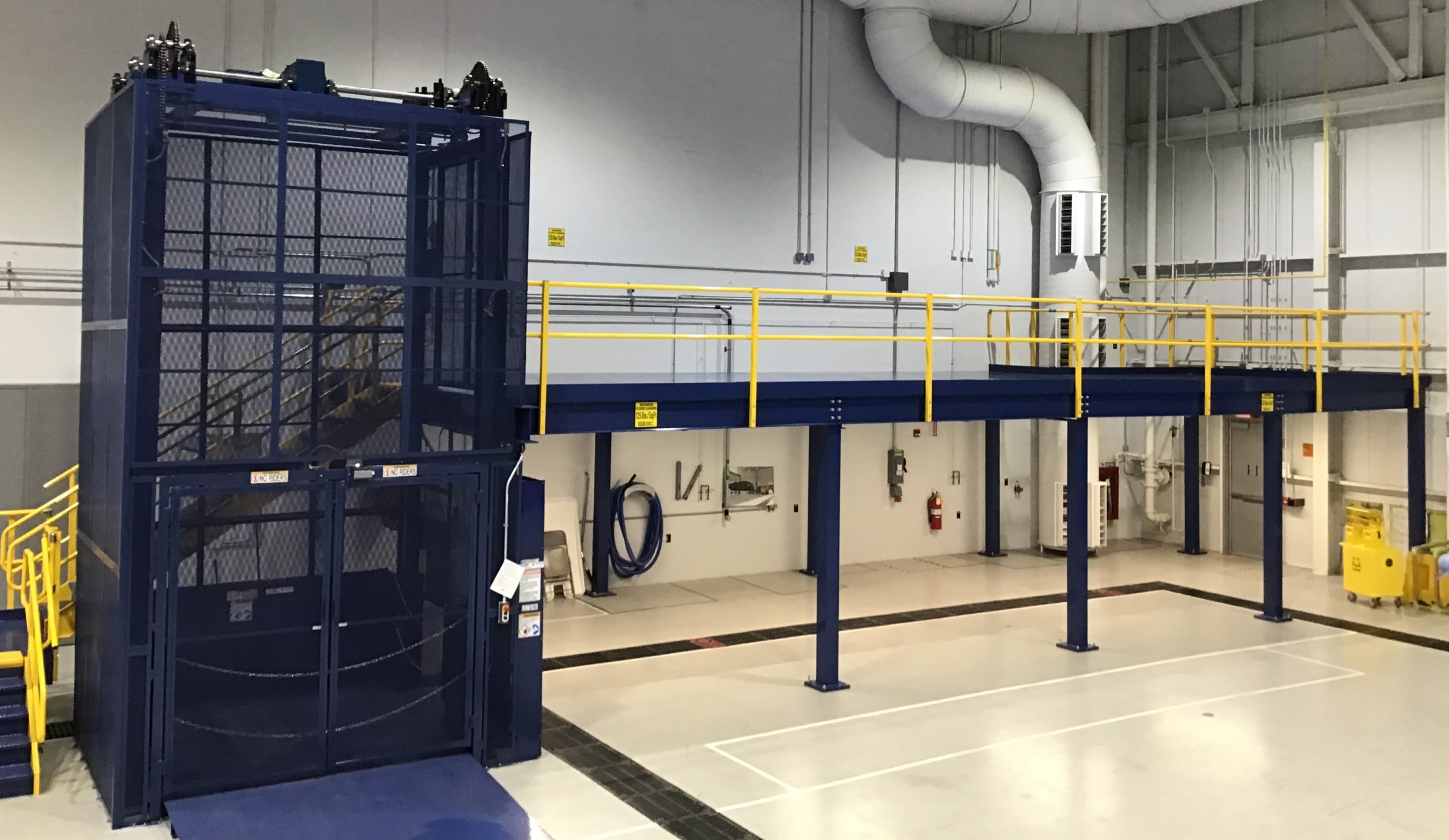Mechanical VS. Hydraulic Vertical Reciprocating Conveyers (VRCs)

Mechanical VS. Hydraulic Vertical Reciprocating Conveyers (VRCs): What is Best for My Application?
Vertical Reciprocating Conveyors (VRC) provide affordable access to multi-floor facilities. They are ideal for access to everything from mezzanines to multi-level manufacturing or distribution facilities. In mezzanine applications, VRC’s are the ideal solution to transporting materials and products to the elevated mezzanine level for assembly or inventory control systems. They can be integrated into conveyor-based systems for a fluid workflow to elevated production levels. For multi-level facilities, VRC’s are the most cost-effective method of transferring materials to a vertical travel as high as 100 feet. There are countless applications where a VRC can be used in a facility to transport materials, supplies, and equipment from one level to another. When you’re trying to decide which type of VRC is best for your particular application, it’s important to understand the differences between Mechanical vs. Hydraulic types of VRCs.
Mechanical VRCs are mechanically operated by means of a brake motor and gear reducer with a common drive shaft. Raising and lowering of the carriage platform is accomplished with heavy-duty roller chain.
Where Mechanical VRCs Excel
Speed: Faster in full cycle operation.
Precision: Designed to stop at multiple positions to access heights up to 100 feet.
Repeatability: Consistent, repeatable stopping and holding of the suspended carriage during loading and unloading.
High Capacity: High load carrying capacities up to 20,000 lbs.
Clean: No hydraulic oil to risk leakage in sensitive environments.
Less Maintenance: Less wear and maintenance required on mechanical freight lifts as they are designed for high cycle applications.
Hydraulic VRCs are operated by means of an electric motor which drives a hydraulic pump and hydraulic cylinders that raise and lower the carriage platform.
Where Hydraulic VRCs Have an Advantage
Safe & Efficient: They provide a safe way to move materials between two levels requiring less than 30 feet of vertical travel.
Light to Medium Capacity: Made to smoothly move lightweight to medium load capacities up to 6,000 lbs. from one level to another.
Affordable: Less expensive solution for transporting materials vertically.
While your application will dictate which type of VRC you will need to be successful in your operations, both Mechanical & Hydraulic VRCs are a cost-effective material handling solution for multi-level facilities.
General Benefits of VRCs
- VRCs are a good replacement to the vertical limitations of forklifts and the costly expense of freight elevators.
- They can be installed at edge of a mezzanine to access multiple levels.
- Optimizes space decreasing the footprint in your facility.
- Tough and durable to handle heavy duty applications.
- Integrate with systems and conveyors.
- Comply with the requirements of ASME B20.1 (Safety Requirements for Conveyors and Related Equipment).
If you are thinking about a Vertical Reciprocating Conveyor for your multi-level facility, Autoquip can help you determine the best possible solution for your application and provide expert insight to inform the decision you make. Contact us today or fill out our VRC application to get started.